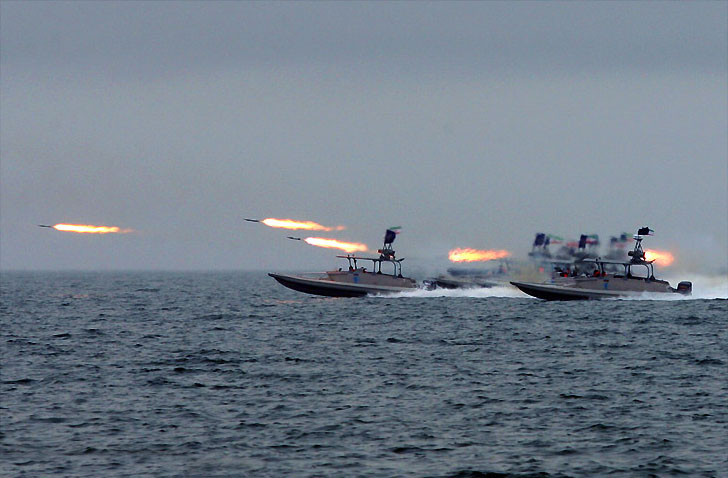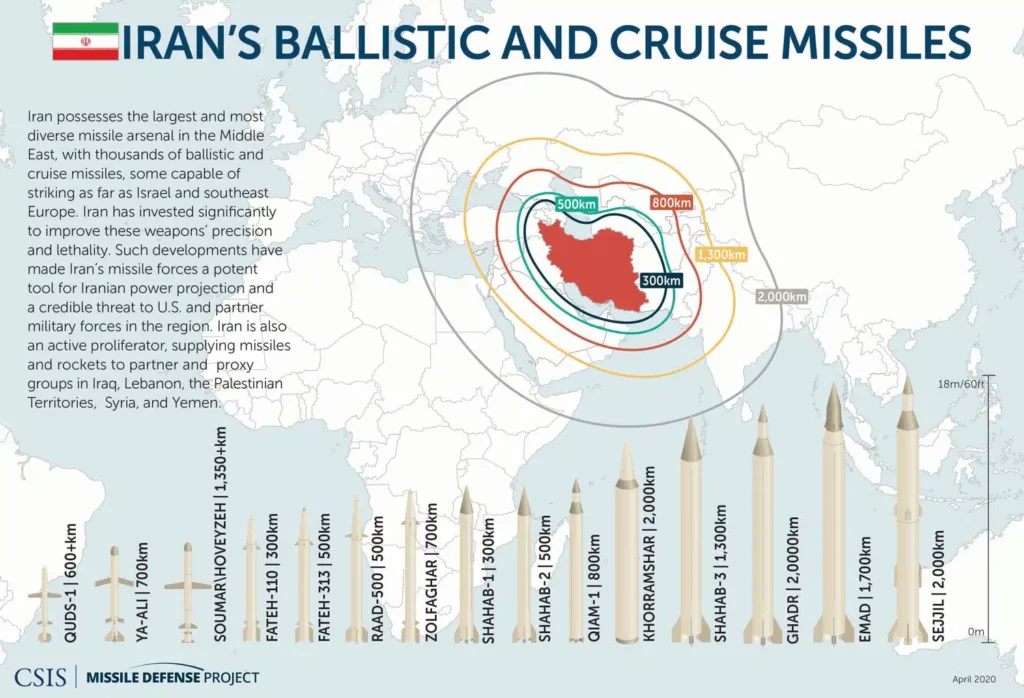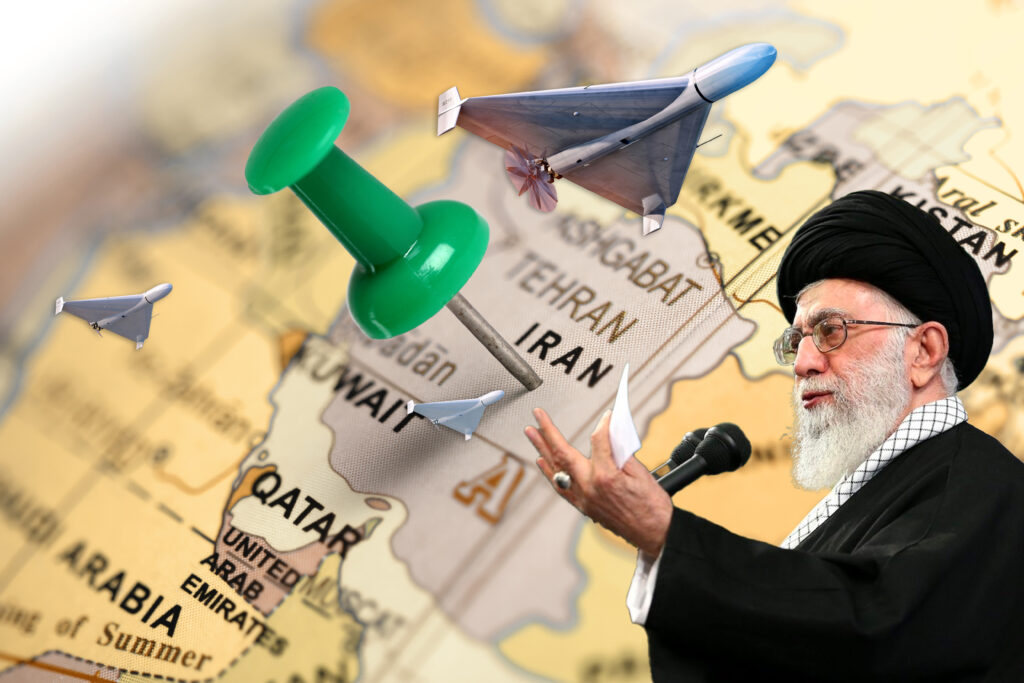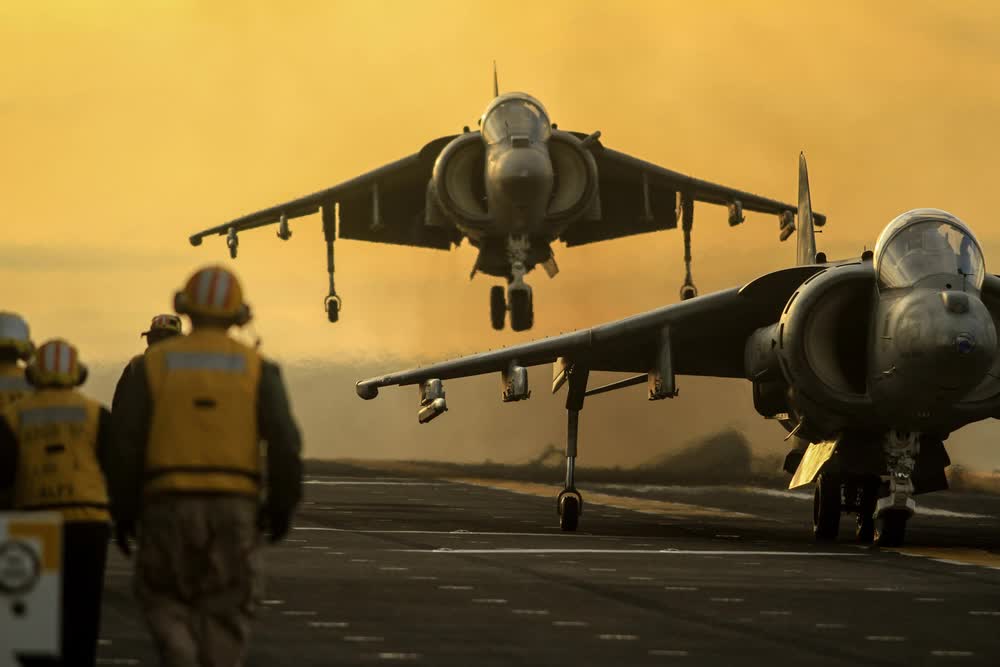After three American servicemembers were killed by a drone attack in Jordan last weekend, the world is now waiting to see how the United States military will respond. After months of efforts to de-escalate tensions in the region amid an ongoing Israeli offensive in Gaza, the Biden administration now finds itself at a difficult crossroads: retaliating militarily is a near-certainty, but the extent and specific targets of that retaliation are subject to widespread debate within America’s fiercely divided political apparatus.
The attack was carried out by one of several militant groups within the region that collectively call themselves the Axis of Resistance. This informal coalition of militant extremists includes groups operating out of Iraq, Syria, Yemen, Lebanon, and other countries, all of which receive direct material support and – to varying extent – are under the direct command of Iran’s government. To date, reprisal strikes against these militant groups have been limited to the groups themselves, but with American blood now spilled in Jordan, there are growing calls within Washington for offensive strikes against Iran itself.
Another Iranian proxy in the region, the Yemen-based Houthis, have directly cited Israel’s offensive in Gaza as the reason for their attacks on commercial vessels transiting the Red Sea. However, other groups, in countless other attacks on American and partner forces carried out in the Middle East in recent months, have been less specific in their messaging.
Attempting to assess whether Iran’s goal in the region through these attacks is to support the Palestinian people can be difficult, as the Houthi’s direct support for the Palestinian people in Gaza has been subject to ongoing “cyber-enabled influence operations” aimed at portraying it as humanitarian, and Iran has thus far shunned responsibility for any of the recent attacks. However, the United States has been resolute in its assessment that Iran is ultimately responsible for not just the Houthi’s actions, but the actions of several Iranian proxies in the Middle East in recent months.
Iran’s historical foreign policy goals enabled by these proxy forces include destabilizing countries in the region – particularly those with views opposing Tehran – to create environments well suited to insurgency and extremism.

Iran’s Islamic Revolutionary Guard Corps (IRGC) is a unique military group that might be compared to a blending of the American CIA and Special Forces. IRGC specializes in standing up, training, and equipping terrorist or insurgency groups in countries like Iraq, Syria, and Yemen. This helps Iran’s influence in the region grow, while simultaneously cultivating a layer of plausible deniability between the Iranian government and its loosely affiliated proxy groups.
It has been posited by some analysts that Israel’s offensive in Gaza was not in itself what prompted this uptick in attacks against Western nations and interests in the region, but that it provided the opportunity the Iranian government was waiting for to help it garner anti-Western support both externally and internally, as Iran has faced significant political turmoil in recent years. Put simply, Iran is in dire need of an external threat it can use to galvanize support among its population while improving its geopolitical positioning as the region’s de facto non-Western leader.
While Iran is not a global power with any real degree of technological parity with the United States, the nation’s broad and often clandestine and irregular military capabilities (enabled by the aforementioned IRGC) do represent a significant regional threat to American and global interests.
Iran boasts the largest ballistic and cruise missile stockpile in the region, able to engage targets as far away as 1,240 miles. Perhaps most seriously, Iran could also block passage through the Strait of Hormuz – a 50-kilometer-wide chokepoint separating the Persian Gulf from the open ocean. This could have serious global consequences as approximately one-fifth of the world’s oil supply is ferried through the Strait each year. This, in conjunction with ongoing Houthi attacks on commercial vessels in the Red Sea, could amount to a serious disruption in global trade, resulting in cascading economic effects the world over.

Yet, a direct military confrontation with the United States is not in Iran’s best interest, and Iran’s leaders are well aware of that. Iran would prefer to continue escalating tensions and undermining American power through its one-step-removed proxy forces, and as such, these ongoing attacks represent what is likely a calculated risk on the part of Iran.
If the United States were to take direct military action against targets inside Iran, Tehran’s efforts to galvanize its population against the American enemy could backfire, leaving it with little choice but to go to war with a militarily superior opponent or risk delegitimizing an already unpopular regime’s fiery anti-Western rhetoric.
However, the United States should consider the possibility that Iran more closely aligns with Russia, and China in the future to spread American and Allied forces and resources too thin to deter these three countries and their partners from further aggression. Russia is benefiting directly from a shift in American focus from Ukraine to the Middle East, and it stands to reason that this shift may have prompted Russia to encourage Iran’s ongoing proxy attacks. Likewise, with Western interests and resources pouring into the Middle East and Ukraine, China could have had the perfect opportunity to act on its longstanding intention of seizing Taiwan.
Fortunately for the citizens of Taiwan, China’s military appears utterly incapable of such an offensive in the short term, and it likewise seems unlikely that Iran’s proxy attacks on American and Western forces in the Middle East are intended primarily as a means to offer Russia some respite in its own stalled invasion. As things stand now, the overlapping nature of these conflicts and tensions appear to be, at least fundamentally, unrelated.
Read more from Sandboxx News
- These are the wild F-15 variants we could have gotten
- Ukrainian attack helicopter pilots have to rely on dangerous maneuvers to navigate the battlefield
- The M1A3 Abrams and the upcoming Western tanks of the future
- Inside the decade-long quest to bring a missing Tuskegee Airman home
- Artillery can win or lose the war for Ukraine





